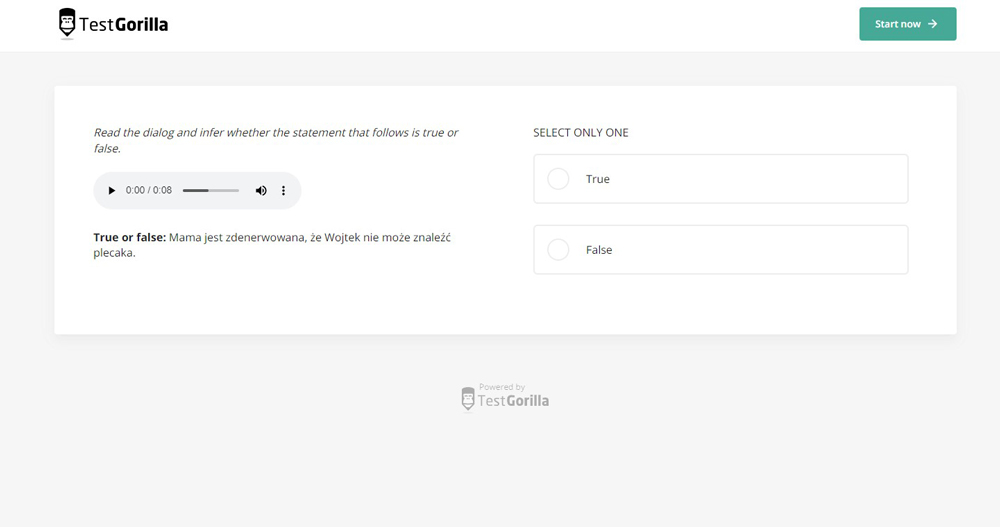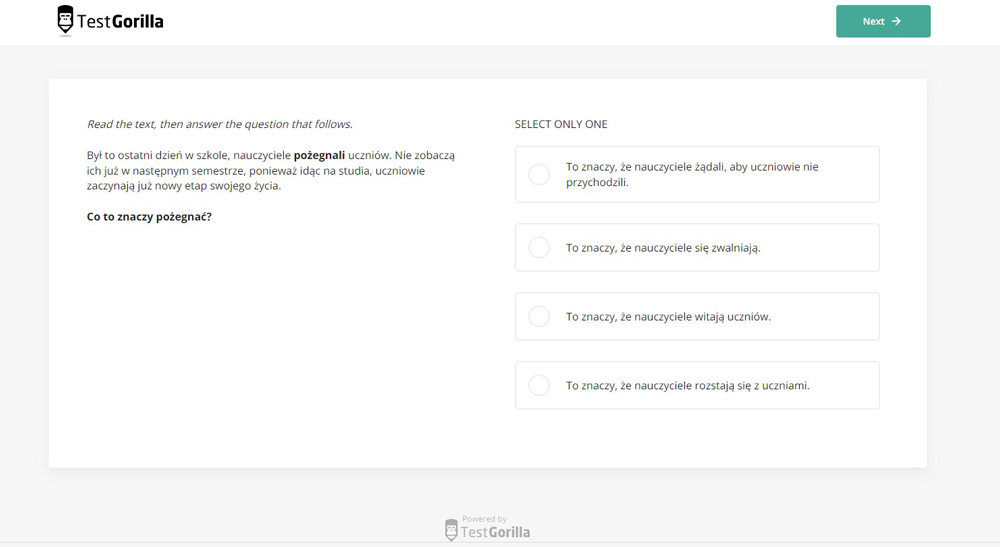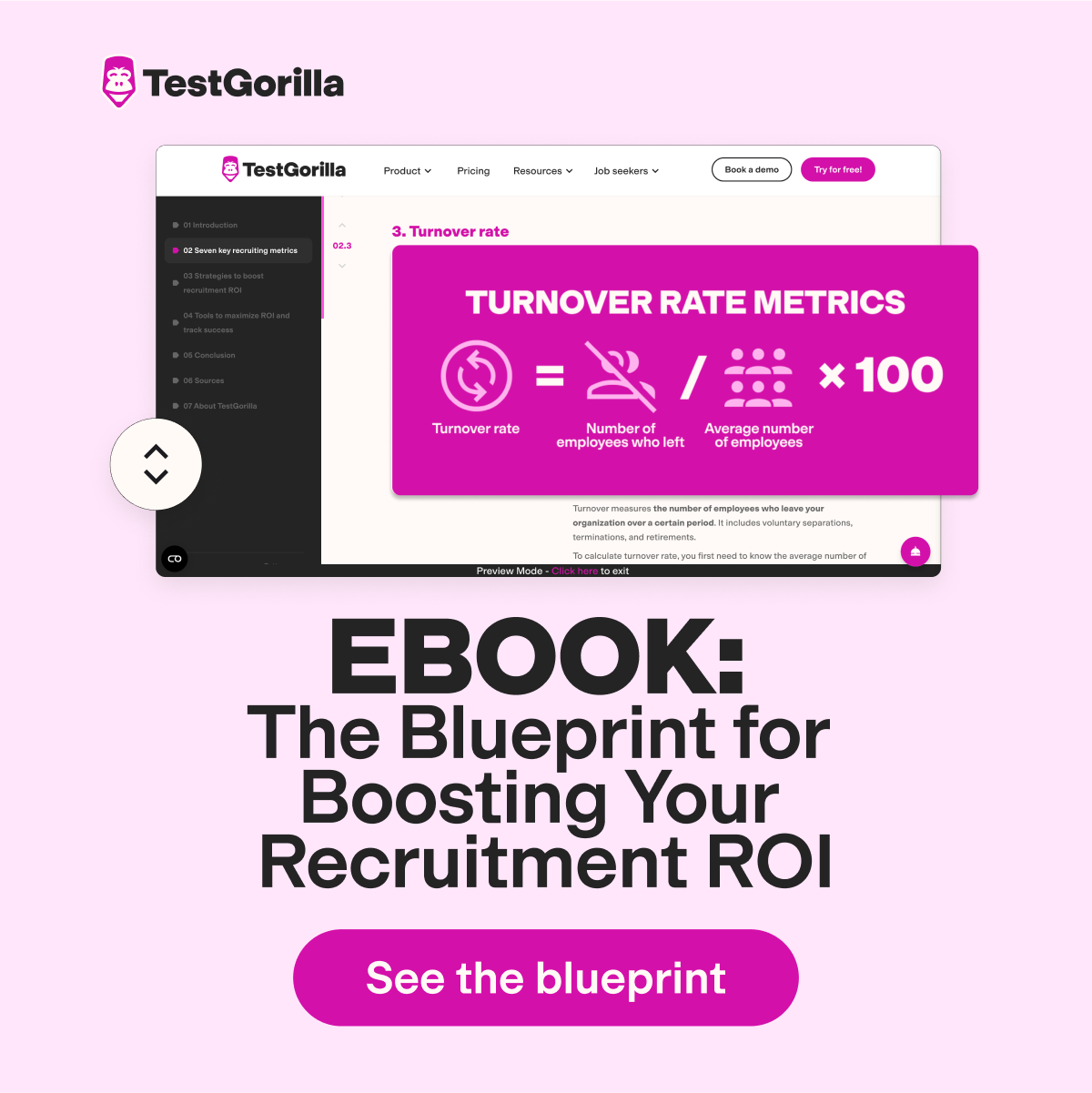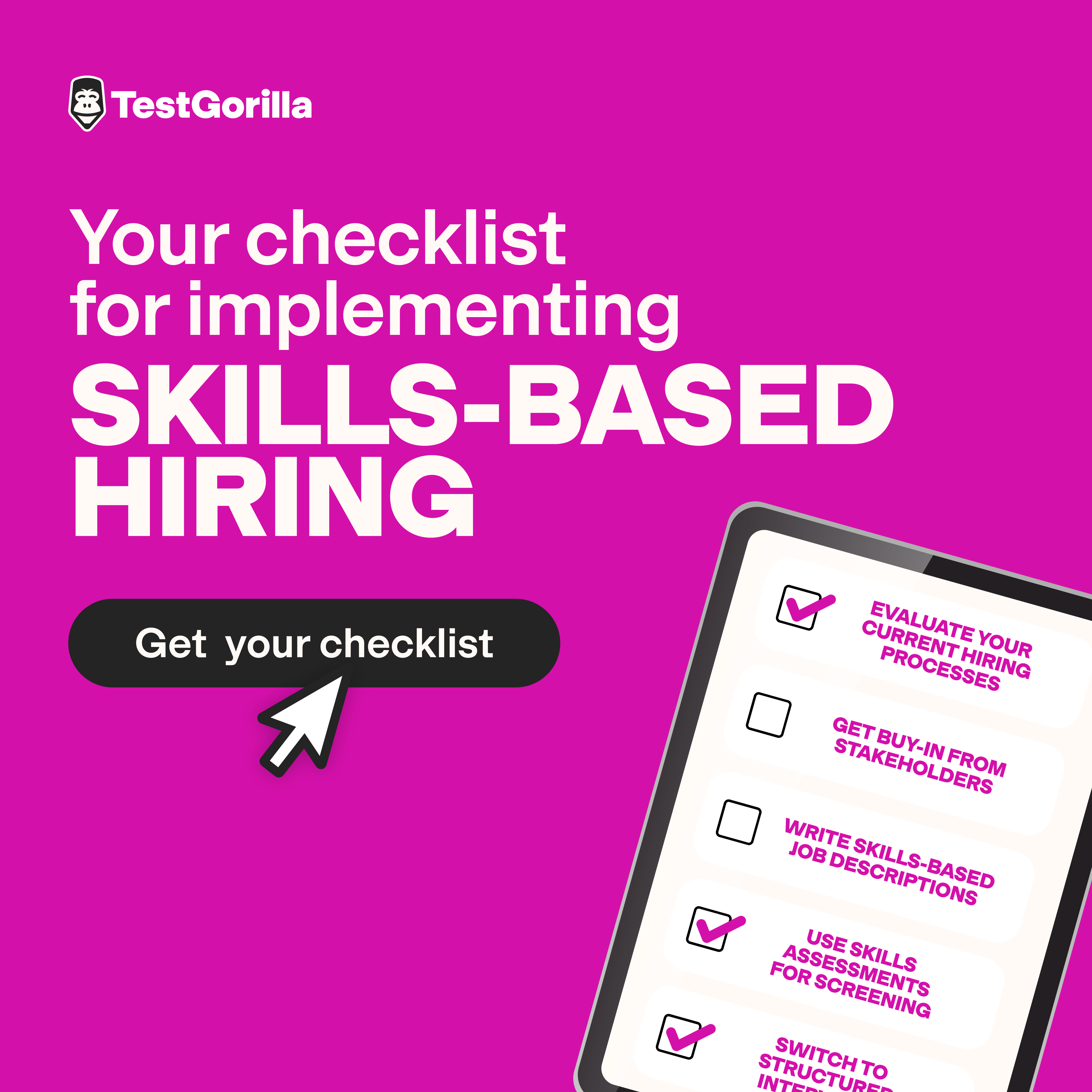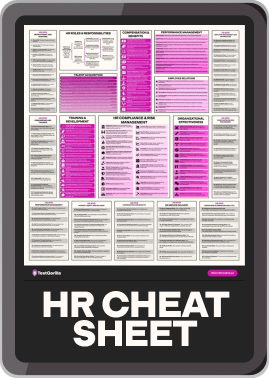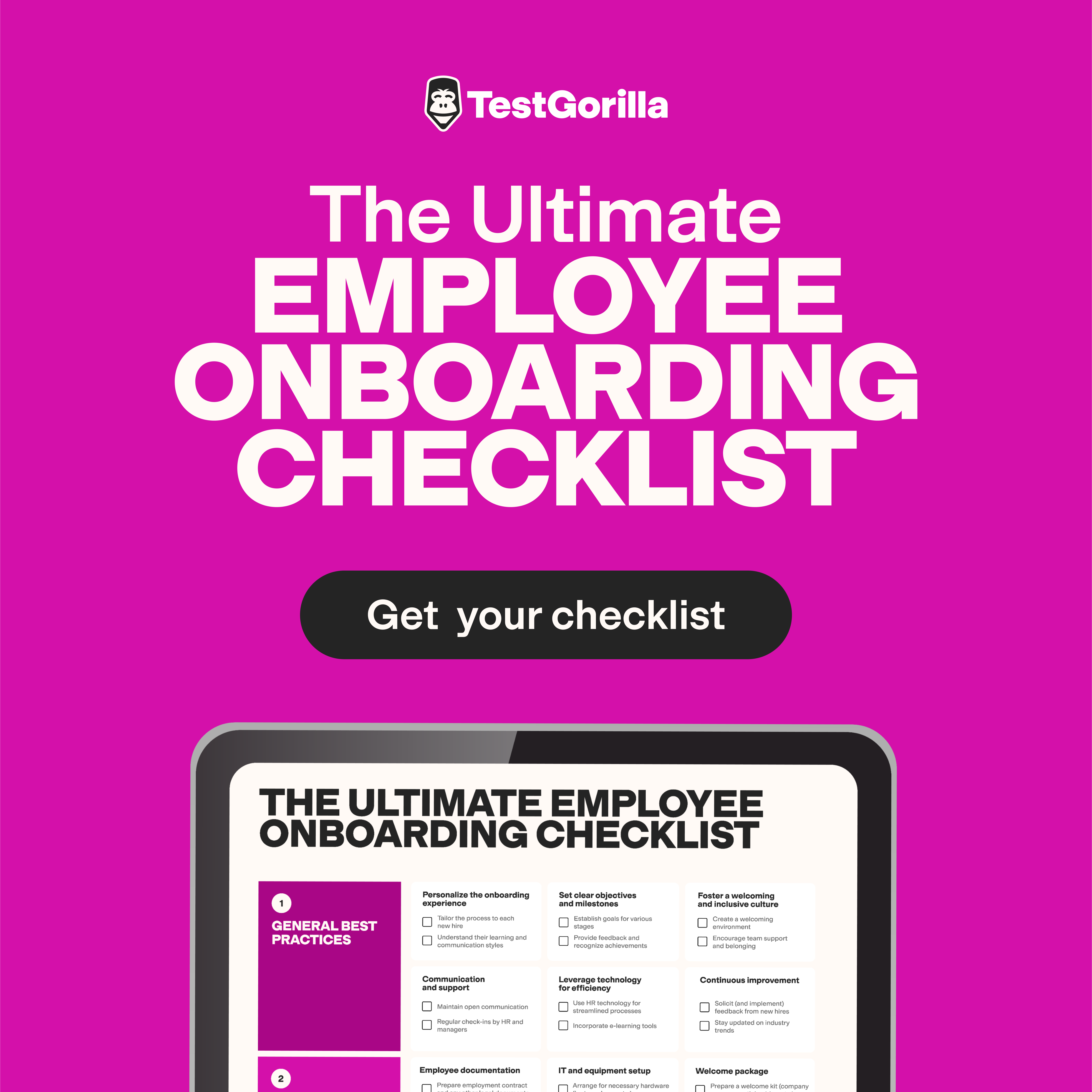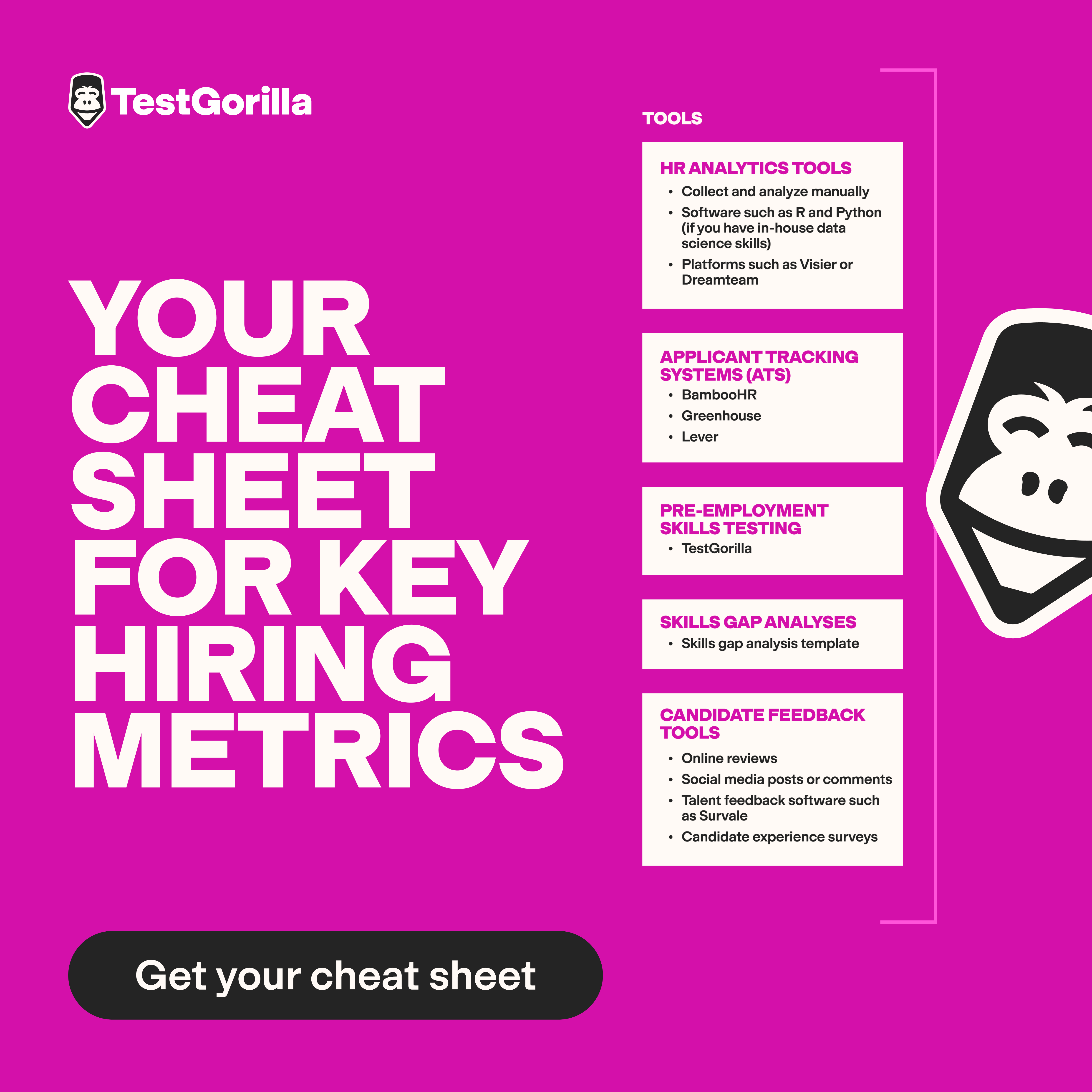How to use the B1 Polish language proficiency test to hire intermediate speakers
A2? B1? C2? What do all these letters mean in the context of language skills, and how do you decide which Polish language proficiency test to use?
We’re going to help you to answer these questions, and show you how to get the most out of a Polish language test by combining it with a range of other technical and soft skills in a pre-employment assessment.
With the rise of globalization, even small businesses have customers and clients worldwide. It’s important to hire staff who can communicate well in order to engage customers in their native languages. Not surprisingly, many consumers prefer to buy products from websites written in their native language, and many will never buy from websites not written in their own language.
If you have a business based in Polish-speaking countries, or have Polish customers, it makes sense to hire staff who are skilled in communicating in the Polish language. However, language skills vary widely, so it makes sense to use a specific level of Polish language test for candidates, depending on the job they will be doing.
What does B1 Polish language proficiency mean?
As we mentioned above, there are often a range of letters and numbers attached to language proficiency levels. These are based on the different degrees to which people can communicate in a specific language.
The Common European Framework of Reference (CEFR) for languages built a simple-to-understand framework for language proficiency. There are six levels from A1 (beginner) through to C2 (fluent/native speaker level), with each stage representing improved understanding of and fluency in the language.
Those at the B1 Polish level have a good grasp of speaking and writing in Polish, but are still at an intermediate stage. This means that B1 level Polish speakers may still find it challenging to work or study only in Polish. The Polish language is considered one of the most difficult to learn for a native English speaker due to the grammar and differing pronunciation sounds, so those who have reached B1 level have learned some difficult technical aspects of the language, although they still have a way to go to become proficient.
At the B1 Polish CEFR level, a student can:
Understand the main spoken or written points in familiar matters that are regularly communicated in the workplace, at school, or during leisure activities
Successfully deal with most situations that may occurwhile traveling in Polish-speaking countries
Produce simple, comprehensible text in Polish on subjects which are familiar or of interest to them
Describe experiences, events, dreams, hopes and plans, and also provide explanations for them
Those who have a B1 level of Polish have more than the Polish language basics, and are able to do a range of jobs such as warehouse/factory work, hospitality, or retail, but may find it difficult to perform in more communication-heavy roles, such as translation, customer service, sales, or management.
If you are looking for staff to fill these positions, the C1 level Polish language test is a better choice for finding proficient Polish speakers. You can find a list of jobs on the O*Net database that ranks how important foreign language skills are for that role, which can give you a better understanding of how fluent in Polish your candidates will need to be in order to perform well in the job.
What are the four basic language skills?
In any language, there are four basic skills to master. These are reading, writing, speaking, and listening.
In order to hire employees with the right level of Polish language ability, you need to assess all four basic skills. Let’s learn a little more about how to do this.
1. Reading
This part of the basic skills is all about how well candidates are able to understand text written in Polish. Most jobs require the reading of written material in some form, whether that’s simple instructions and emails, or more complicated reports and presentations.
You can easily evaluate reading skills and overall fluency by using a Polish language proficiency test as part of your hiring process.
2. Writing
This area covers how well someone can express themselves in written Polish. Those who work in retail or hospitality may not need more than basic Polish writing skills, but other roles that involve a lot of writing or text-based communication require excellent written Polish. If you are looking for Polish language translation, then a B1/Intermediate understanding of Polish is not enough – C1/Proficient level is the best starting point for this.
Our B1 Polish language proficiency test can be customized by you to have candidates provide a written essay or answer to a question of your choice. This makes it easy to assess their writing skills in Polish.
3. Speaking
This basic skill covers how well a candidate can communicatewith other Polish speakers. This is an important ability for roles at all levels, as employees must be able to convey important verbal information. This could be in-person, on the phone, or by video call.
Employees may also need to understand different Polish dialects, as well as discuss complicated topics.
There are a few ways you can evaluate candidates’ verbal Polish skills. You could create a custom video question to add to our Polish language proficiency test, and ask the applicants to record their answer in Polish.
You may also decide to conduct phone or video interviews in Polish after you have made a first assessment of candidates’ language and role-related skills. The caveat is that if you are not a proficient Polish speaker, you will need an expert in the Polish language to conduct the interviews and evaluate the applicants.
4. Listening
Listening and speaking tend to go hand-in-hand, so candidates need to be able to understand what was said in order to reply correctly.
To evaluate listening skills, you can use our Polish language proficiency test, which includes listening to a recording and answering the question. As with speaking, you can also conduct phone or video interviews in Polish.
The best insights on HR and recruitment, delivered to your inbox.
Biweekly updates. No spam. Unsubscribe any time.
How to use our B1 Polish language proficiency test
The simple solution to find out if candidates have the B1 Polish skills they claim is to use our B1 Polish language proficiency test at the start of your hiring process.
You can choose to use our skills tests further along the recruitment process if you wish (or as tests for existing employees), but for maximum benefit we recommend using them before the interview stage.
Below are a couple of screenshots of sample questions from the B1 Polish language proficiency test:
As you can see, our Polish language proficiency test includes a mixture of text-based multiple-choice questions, as well as audio-based questions to evaluate candidates’ spoken Polish ability.
This test is ideal for employers or recruiters looking for candidates who can speak, understand, and write simple everyday Polish in the workplace.
Create a complete skills assessment around the Polish language proficiency test
If you are looking to employ someone who speaks B1 level Polish, you may not be aware that you can test for a lot more than language skills. Speaking and understanding Polish is only going to be part of the job, so it makes sense to test for other important technical and soft skills that are needed to be successful in the role.
TestGorilla’s assessments enable you to create a full pre-employment evaluation of candidates’ skills in different areas. You will receive a range of data on how well the applicants performed in up to five different tests, which are taken in one sitting.
For example, if you chose to use our B1 Polish language proficiency test as the basis of an assessment, you could add up to four other tests that are relevant to the job role.
These could be any combination of our tests from different categories, including:
For instance, if you want Polish-speaking hospitality staff, you may decide to choose our Hospitality (Hotel incl. Restaurant) test, along with the Time Management test and two more role-relevant or personality tests.
Not sure what test types are best to add to an assessment? We do have over 200, so it can be hard to choose. If it helps, we have more information on how to create a balanced assessment in our post about the test types to include in an assessment.
Hire faster and smarter with TestGorilla
We know it’s not always a simple task to find the best Polish-speaking candidates, but skills testing cuts through the inaccuracy and bias of the CV. A skills assessment equips you with the data to make hiring decisions based on a strong foundation of actual job-related skills, and not on a list of past experience and education in a CV.
There are many B1 level Polish speakers looking for employment. By combining our Polish language proficiency test with a wider skills assessment, you are taking the right steps to find and hire skilled employees faster.
Sign up for your free plan to get started on building your first assessment.
If you want more information or to see how our products work first-hand, book a free 30-minute live demo with our sales team, who will be pleased to answer any questions you may have. If you’re ready to dive right in, head over to our pricing page and check out our range of plans to suit all businesses.
You've scrolled this far
Why not try TestGorilla for free, and see what happens when you put skills first.



